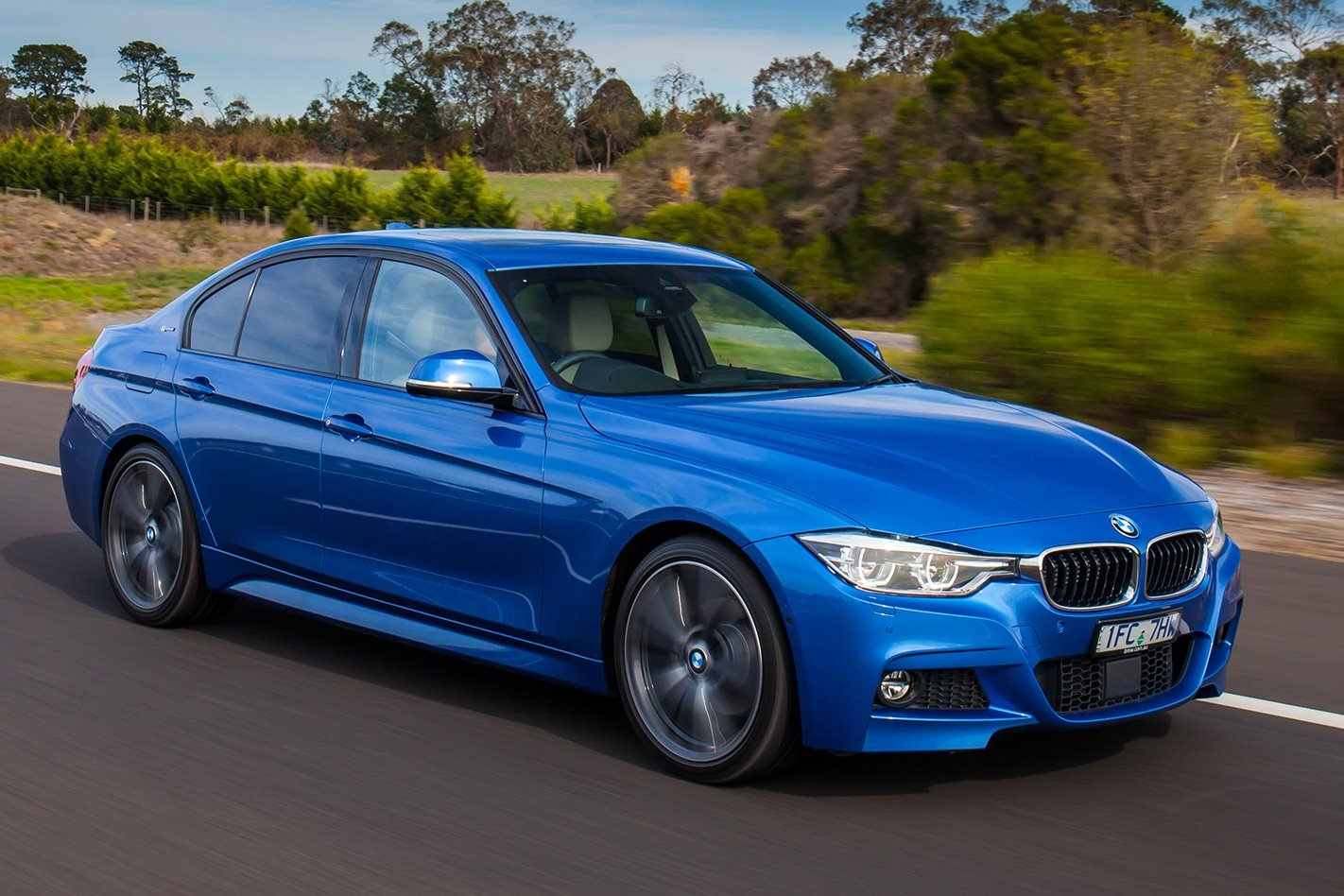
TELL ME ABOUT THIS CAR
BMW created the 330e hybrid by coupling the petrol engine from the 320i with an electric motor and boot-mounted battery pack. Owners can plug the 330e into a conventional power plug at home and charge the battery in about three hours and 15 minutes. A fully charged battery gives pure electric range of 28-30kms according to BMW testing here in Australia. Combined fuel consumption of the petrol and electric system together is 2.1L/100km. It costs $71,900.
STRENGTHS
- Economy is the obvious benefit of the 330e. A full battery charge using green energy from a normal socket costs about $2 in electricity and gives enough electric range to get the majority of Australians to work and back without using any petrol. The 330e is cheap to run.
- The 330e’s $71,900 price tag is $2000 more than the 330i – the most popular model in the 3 Series range. The 330e and 330i are matched in terms of equipment and trim. BMW wants the 330e’s hybrid technology to be accessible to the majority of 3 Series buyers.
- Comfort comes first. The cabin is exceptionally quiet thanks to extra sound insulation and the almost silent electric motor. The transition from running on pure electricity to using both engines is almost impossible to detect through the drivetrain itself. The only clue is the slight rumbling sound as the petrol engine fires up.
- Electric motors can supply maximum torque instantly, meaning the 330e has sharp acceleration. It takes 6.1 seconds to hit 100km/h from standstill.
- Putting a battery in the boot of the 330e means cargo space shrinks to 370 litres. That’s 110 litres less than other 3 Series models. The 330e does have a level boot floor and 40/20/40 split folding rear seats helping to make up for some of the lost capacity.
- The 330e doesn’t have the 330i’s adaptive dampers, and they aren’t available as an optional extra. BMW’s engineers couldn’t find a way to fit them around the battery pack. The standard suspension tune isn’t bad, but missing out on adaptive dampers is a downside.
- Adding an electric motor and battery has increased the 330i’s weight by 165kg. The battery makes up 80kg of that, and sits above the rear axle which negatively impacts on the otherwise excellent handling.
The Mercedes-Benz C300e hybrid is priced slightly higher at $74,900. It has a little more torque than the 330e, but it is slower from 0-100im/h. It has a seven-speed gearbox rather than an eight-speed and uses a bit more fuel. Other rivals include the performance oriented Infiniti Q50 Hybrid S at $67,900, and the Lexus IS300h F Sport for $68,000.
Click here to read the full review on the BMW 3 Series range.



